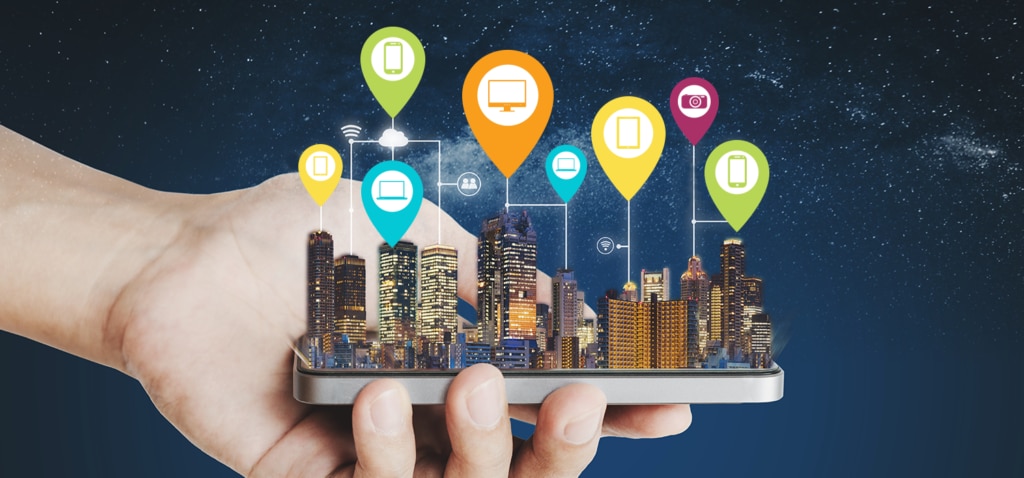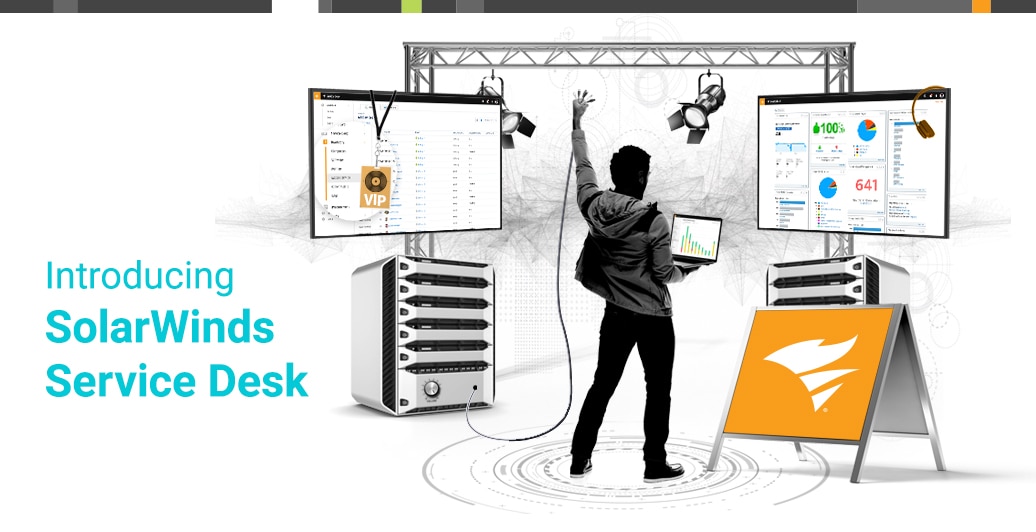There are many reasons why your organization may be toying with the idea of implementing some sort of IT self-service portal. You may be hoping to reduce the number and frequency of common service calls, you may be looking to improve your general overall level of user satisfaction for both internal and external stakeholders, or you may be hoping to speed up the resolution of issues. In most cases, it’s highly likely that you’re invested in the concept for all of these reasons and more.
Whatever your reasons for investing in IT sself-serviceand regardless of your existing and available resources, there are a few common basics that you will have to get right for your to realize a decent return on the investment you are about to make. The following post goes over the fundamentals of building out an IT self-service portal in some detail, giving you the basis from which to begin your project.
The Importance of a Consistent User-Oriented Experience in IT Self Service
Your users will expect many things from your IT self-service portal, but more than anything else, they will expect consistency and a user-oriented experience. In fact, user adoption depends upon it. It can’t be recommended enough that you consider the following question at every step of the design and rollout. Is what you’re planning or doing consumer-grade user-centric? You would be wise to centralize this user experience around the search function of your IT self-service, just like the big consumer-focused companies do.
If it isn’t, then revise and redesign until it is. Remember: you are shooting for something on a level with the household name consumer-grade self-service champion companies out there – companies like Amazon and Netflix. If you want to see user adoption and a true return on the investment in time and resources that you are making, keep this in mind at all times during design, implementation, and as you continue to build and improve upon your basic IT self-service.
Bringing Intelligence and the Knowledge to Bear
Given that your users will expect an intuitive, user-focused, search-oriented experience when using your IT self-service portal, it seems imperative that your design includes a self-service version of your knowledge management system, as well as AI-enhanced tools. You can accomplish this through the employment of chatbot technology that accesses AI to enhance the user experience of navigating your redesigned knowledge management system.
Chatbots and virtual assistants that guide the user through the system, advancing queries as they help search through available solutions, can greatly enhance the user experience of your IT self-service portal.
Additionally, make sure that you build analytical tools into your system so that you can consistently improve the user experience over time. A static IT self-service system that doesn’t grow and improve with use is one that may be abandoned over time—often before a full return on investment can be realized.
Driving Collaboration to Help Users Help Each Other Help Themselves
Lastly, it can be tempting to insulate the user as they experience your IT self-service portal. While some users may desire an immersive experience that allows them to feel as if they are the only one being helped, driving collaboration actually drives results.
Allowing users to leave comments about their service requests, chat with each other regarding solutions they’ve found to similar problems, and rate tools while interacting with the systems and each other as they navigate it will not only improve the system and their experience of it, but it will also drive adoption.










